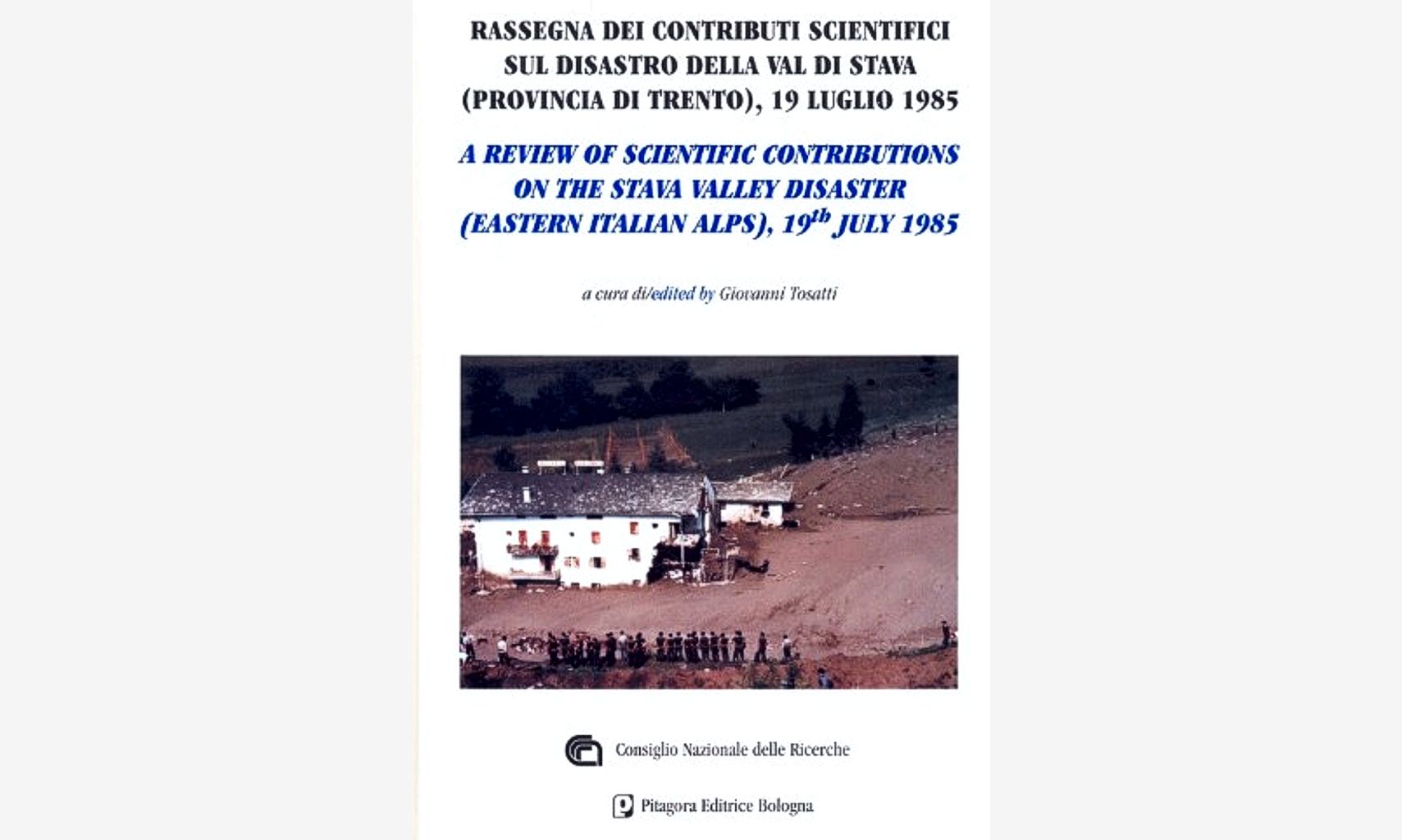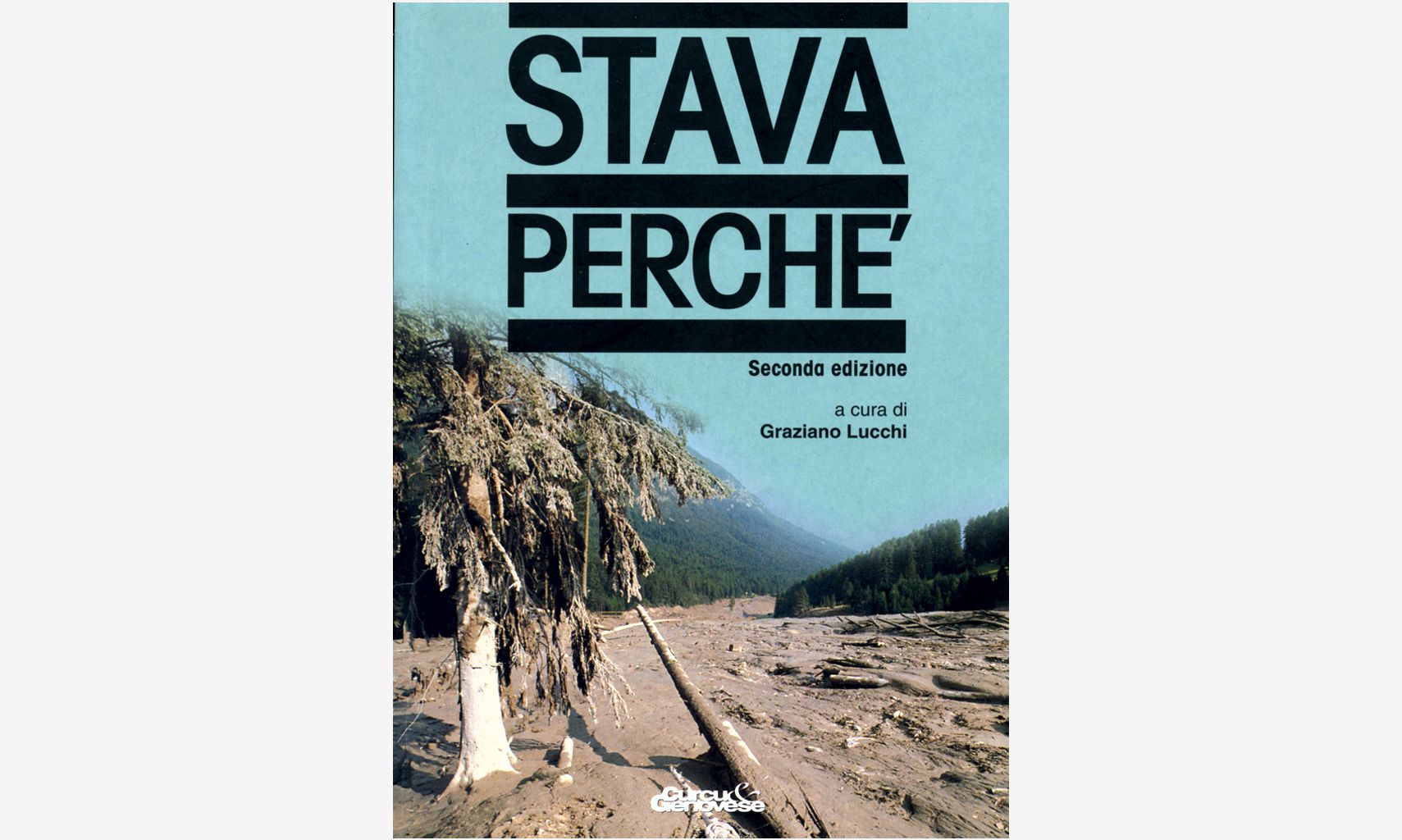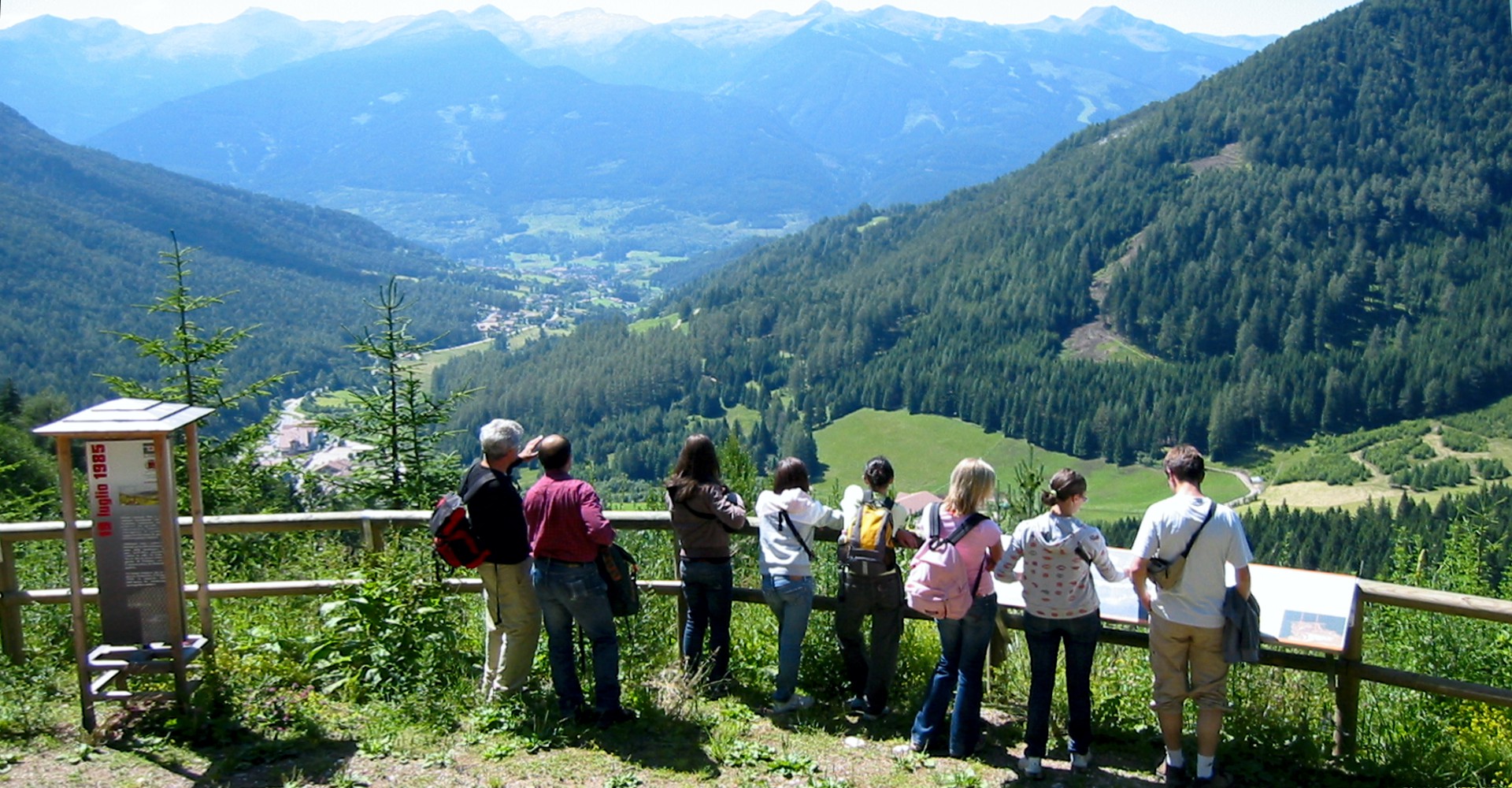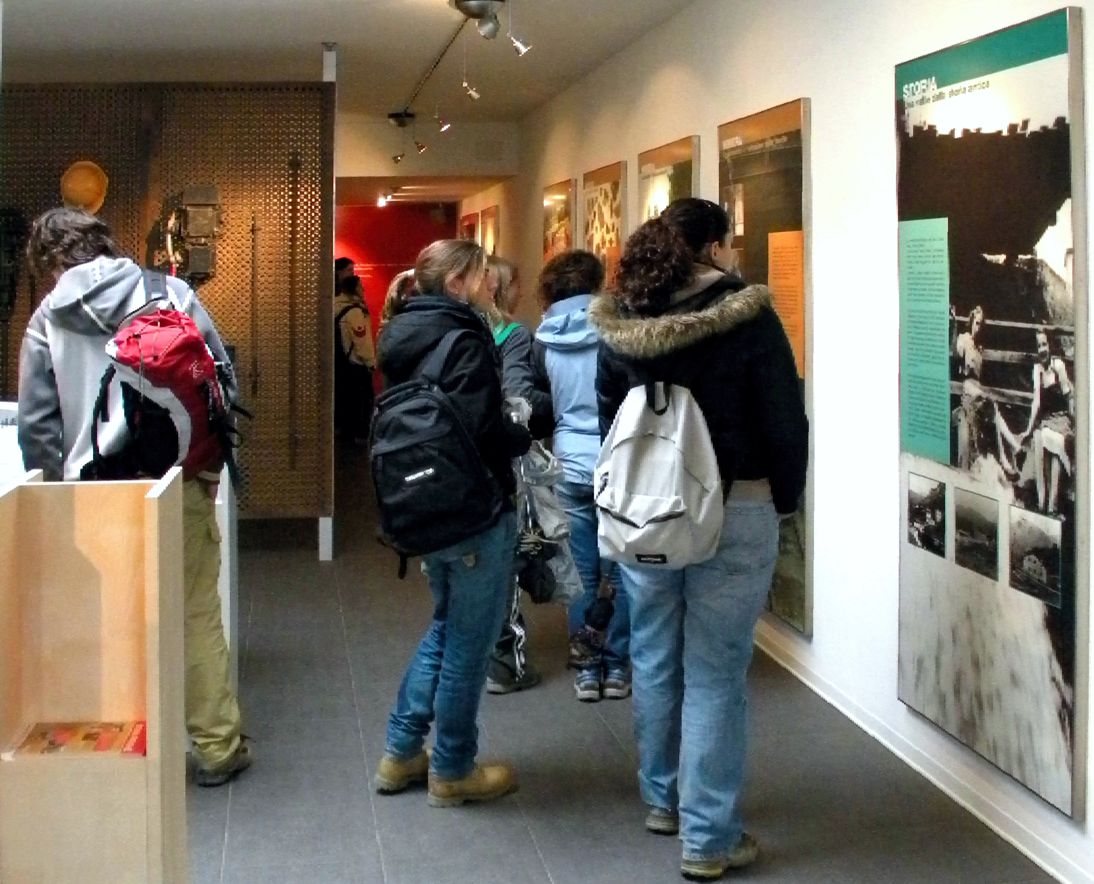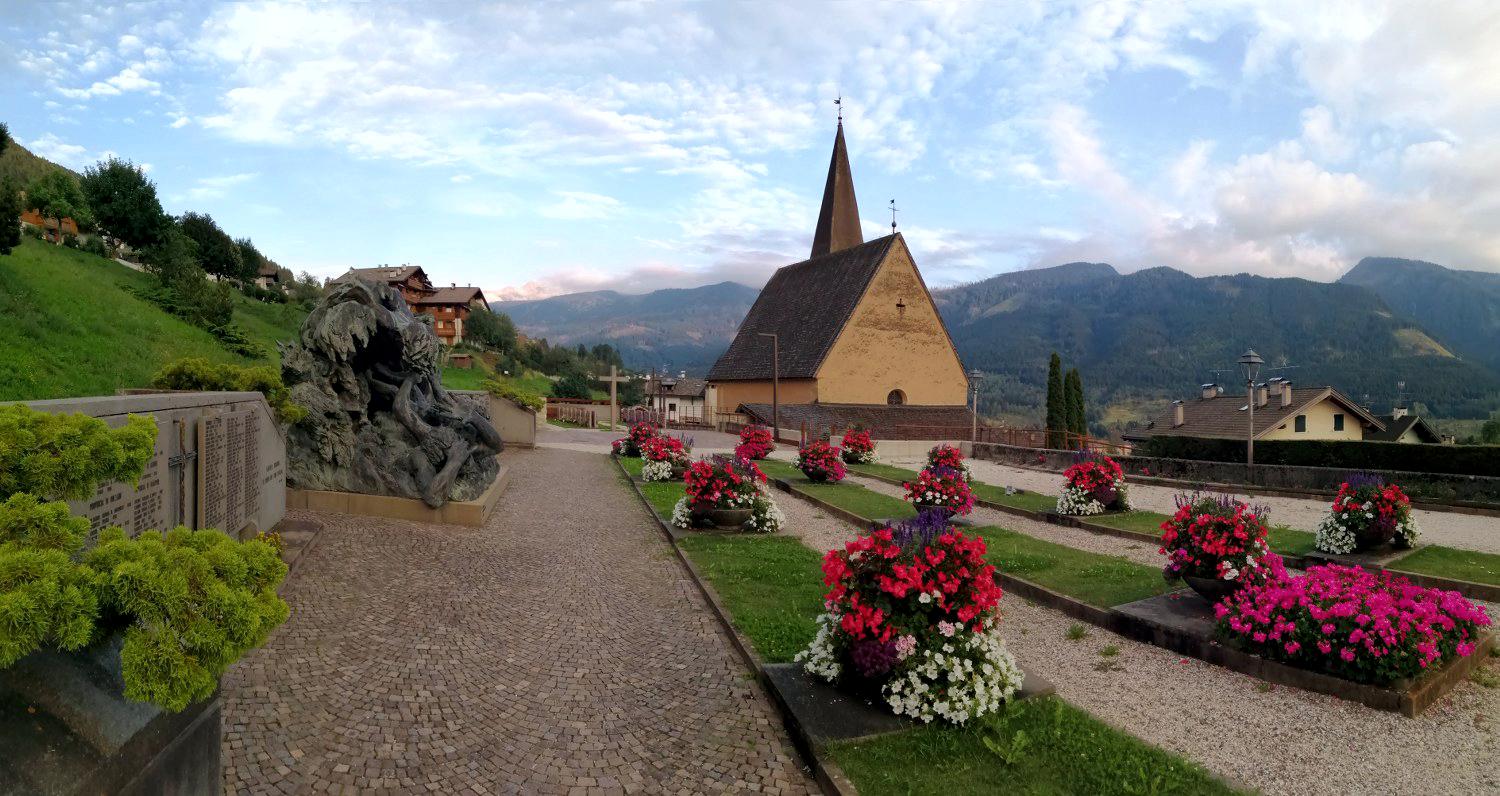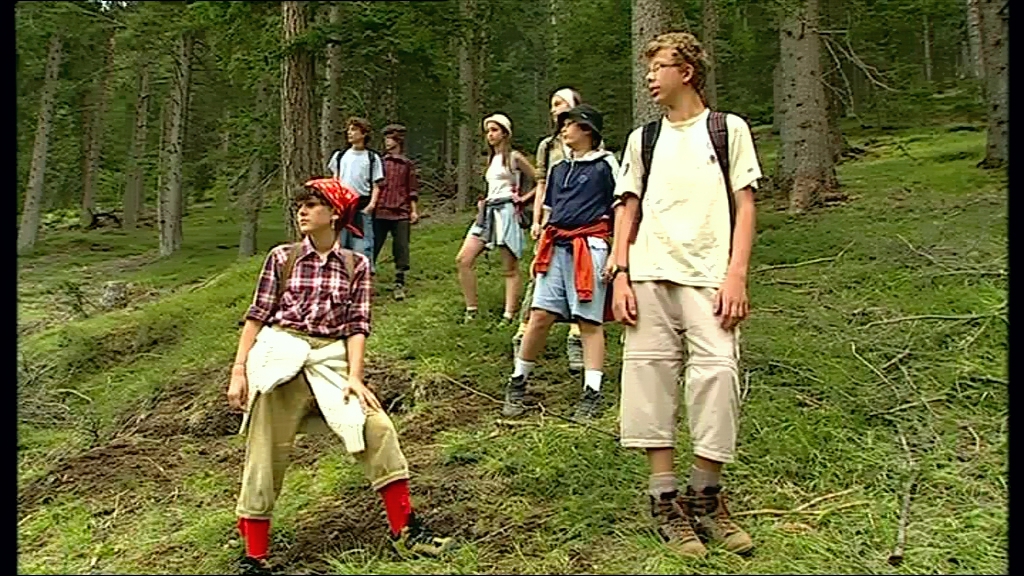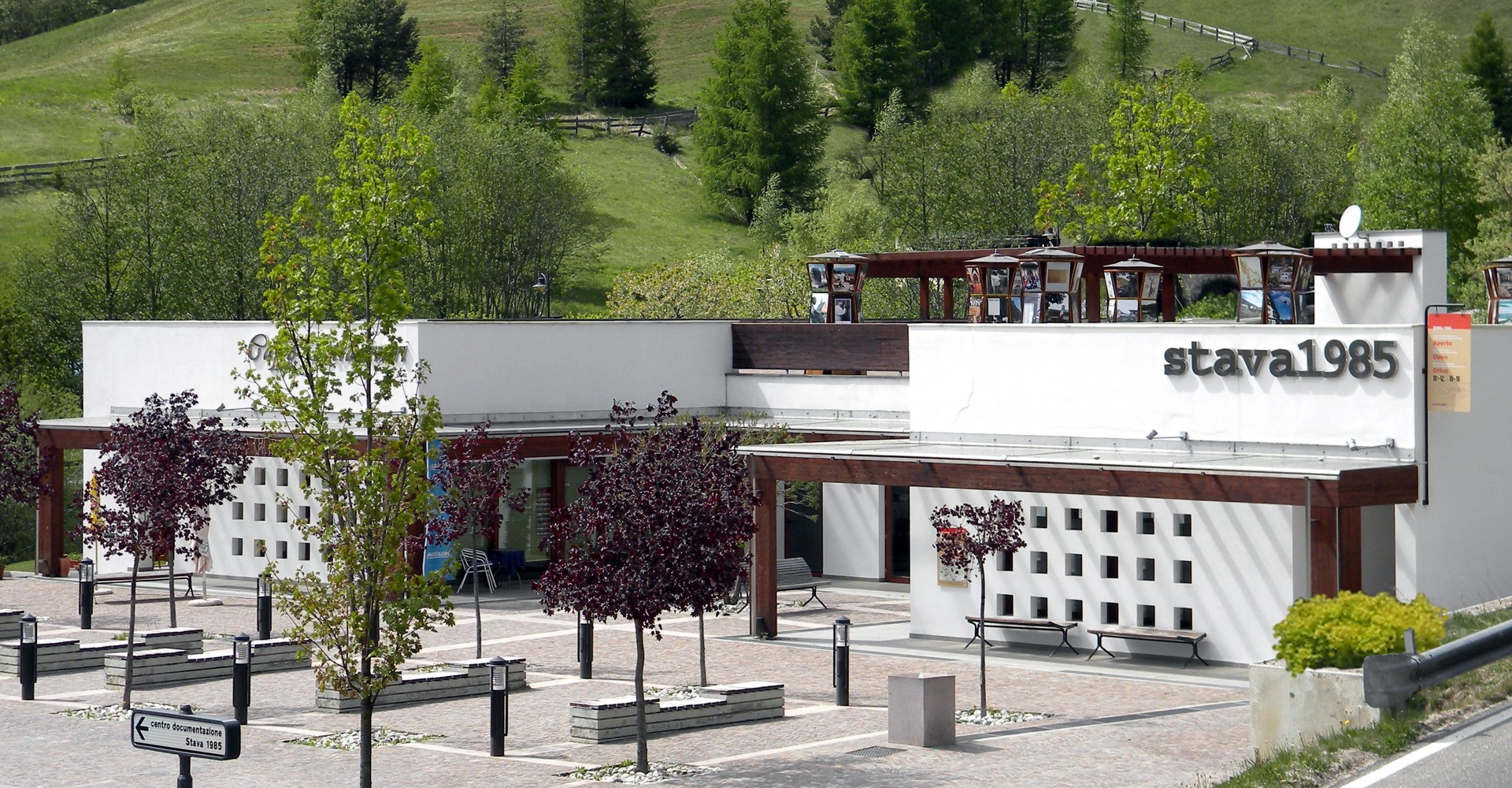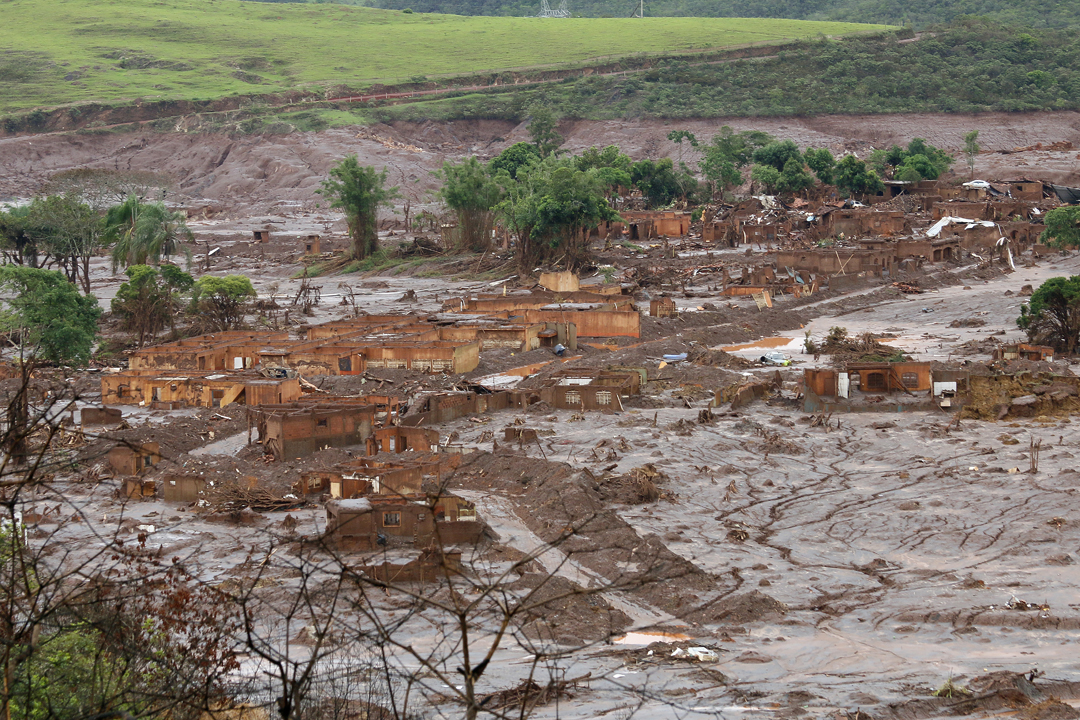Review of Scientific contributions
The book “A Review of Scientific Contributions on the Stava Valley Disaster (Eastern Italian Alps), 19th July 1985” published the scientific investigations carried out on the Stava Valley disaster from 1985 to 2003 in their original language, with abstracts in English and Italian. Edited by Giovanni Tosatti Department of Earth Sciences, Modena and Reggio Emilia University (Italy)web site Publication no. 2807 of the National Group for the Prevention of Hydrogeological Disasters (GNDCI) of the Italian National Research Council (CNR). Under the High Patronage of the President of the Italian Republic, with the Sponsorship of the Stava 1985 Foundation. ISBN 88-371-01405-2©

